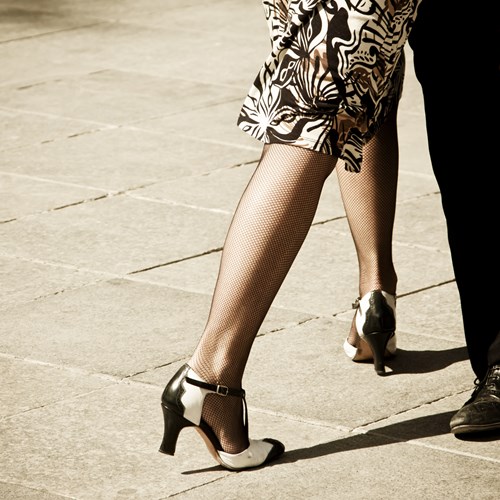
Buenos Aires, Argentina
The Argentinian capital, Buenos Aires, is a city like no other. It has a hint of a European feel but with a distinctly Latin American flavour. It is cosmopolitan yet autochthonous. Every street corner and narrow alleyway is teeming with art and culture, history and personality, tango, rock n' roll, and football. It is a city of museums, galleries, classical-style cafes, world-class steakhouses, antique markets, bookstores, and midnight strolls along the majestic River Plate.
Population:
City: 2,900,000
Metropolitan Area: 12,800,000
Currency:
Peso Argentino
1 ARS = 100 centavos
Emergency Numbers:
Emergency: 911
Police: 101
Fire: 100
Medical Emergencies: 107
Opening Hours:
Most shops open Mon-Fri 9am-8pm and Sat 9am-12am. Some shops also open on Sundays. Malls generally open daily 10am-10pm. Restaurants and bars stay open very late, opening at about 8pm and serving until well after midnight.
Newspapers:
Buenos Aires Herald (English)
Clarín
La Nación
The City

Buenos Aires is an extensive city, and every area has something different to offer. Recoleta and Palermo are widely considered the trendiest neighbourhoods, the former being a more cultured area with fashionable boutiques and galleries as well as high-end hotels lining its broad tree-lined avenues. The latter being a greener, more peaceful area, whose parks and lakes attract weekend crowds for fun and relaxation. Puerto Madero, once a harbour area, has been thoroughly refurbished, turning old brick warehouses into hip bars and nightclubs.
Those seeking a more bohemian vibe will prefer to visit San Telmo and La Boca. As one of the oldest neighbourhoods in the city, San Telmo is considered a national monument. Characterised by narrow cobblestone streets and colonial-style buildings, it is loved by both locals and tourists who flock here on weekends to browse its antique boutiques and markets. La Boca, once a middle-class neighbourhood, is also known as one of the historic areas of the city. During weekends, many people visit the district in the hope of coming across a sensual tango show or simply to admire the colourful steel shacks that were once the dwellings of migrant workers.
Las Cañitas is Buenos Aires' gastronomic hub, old aristocratic Retiro boasts some of the city's most beautiful architecture, residential Belgrano mixes mansions with skyscrapers, and of course, the downtown area is home to most of the city's monuments and important national buildings. Those who take the time to really explore the city will marvel at the sheer amount and diversity of things to see and do, and will surely feel that one visit is not nearly enough to take it all in.
Do & See

It's difficult to fit everything there is to do in Buenos Aires into any itinerary, no matter how hard you try. Art-lovers will have plenty to enjoy at the world-class museums and theatres, shopaholics will splurge at the numerous markets selling everything from antiques to leather, fans of architecture can admire the art nouveau, art deco and neoclassical style buildings that dominate the different neighbourhoods, foodies will delight at the top-notch steakhouses and fusion restaurants, and the list goes on. It is above all, however, a city that begs to be walked, and wise travelers will take their time exploring broad avenues and narrow alleyways alike, taking in all they have to offer.
Dining

The first thing that pops into people's minds when thinking of a typical Argentinian dish is certainly steak. The whole country is famous for its juicy and flavorful steaks from grass-fed Pampas cattle. "Parrilla", meaning both steakhouses and the grill itself is key to the country's cuisine and culture, but be sure to explore other culinary trends during your visit.
The popular "bodegones", or neighbourhood eateries, serve meat, pasta, fish, pizza, and many other kinds of food. A large number of new restaurants are opening regularly, bringing a larger variety of international specialities (i.e Asian, French, Italian and South American) to the dining scene in Buenos Aires. However, let's not forget about the most important and symbolic national street food, the "choripán", the ubiquitous grilled chorizo sandwich.
Cafes

Porteños take their coffee seriously. They usually like it black, strong, and with lots of sugar. They also like to take their time with it, lingering for hours at one of the city's many historic cafes.
The romantic images of bohemians, artists, and writers working away on their next masterpiece in the secluded corner of a crowded cafe come to life in Buenos Aires. Take your time to discover these fascinating places, experience the vibe of a porteño cafe and while you are at it, take advantage of the well-known Argentinian pastries.

